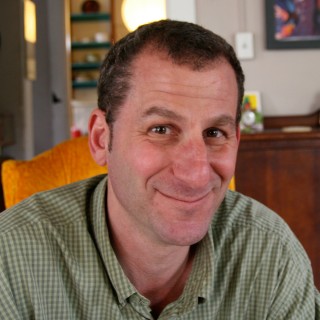John Fry is one of the patron saints of Memphis music, a producer and engineer who established Ardent Recording Studios, where artists have been allowed to experiment and develop for nearly five decades. From the late 1950s (when he was in high school) until his death in 2015, he was devoted to music technology, establishing not only the studio but also the Ardent Records label.
Radio was John’s original interest, because in the 1950s, that’s where music and technology met. But as a tenth grader, he knew that programming or owning a radio station was unlikely. Using the technical know-how he gained poring over catalogs and magazines, he fashioned a recording studio in his parent’s garage (where his grandmother had had a sewing room) and there formed the first incarnation of Ardent Records in partnership with two classmates - John King, who would work with Ardent for many years to come, and Fred Smith, whose interest in aviation trumped his interest in music (he went on to found FedEx). Shortly after high school, John did build and program a radio station, KCAT in Pine Bluff, Ark., but by then, his entrepreneurial soul was Ardent.










Be the first to add your voice.